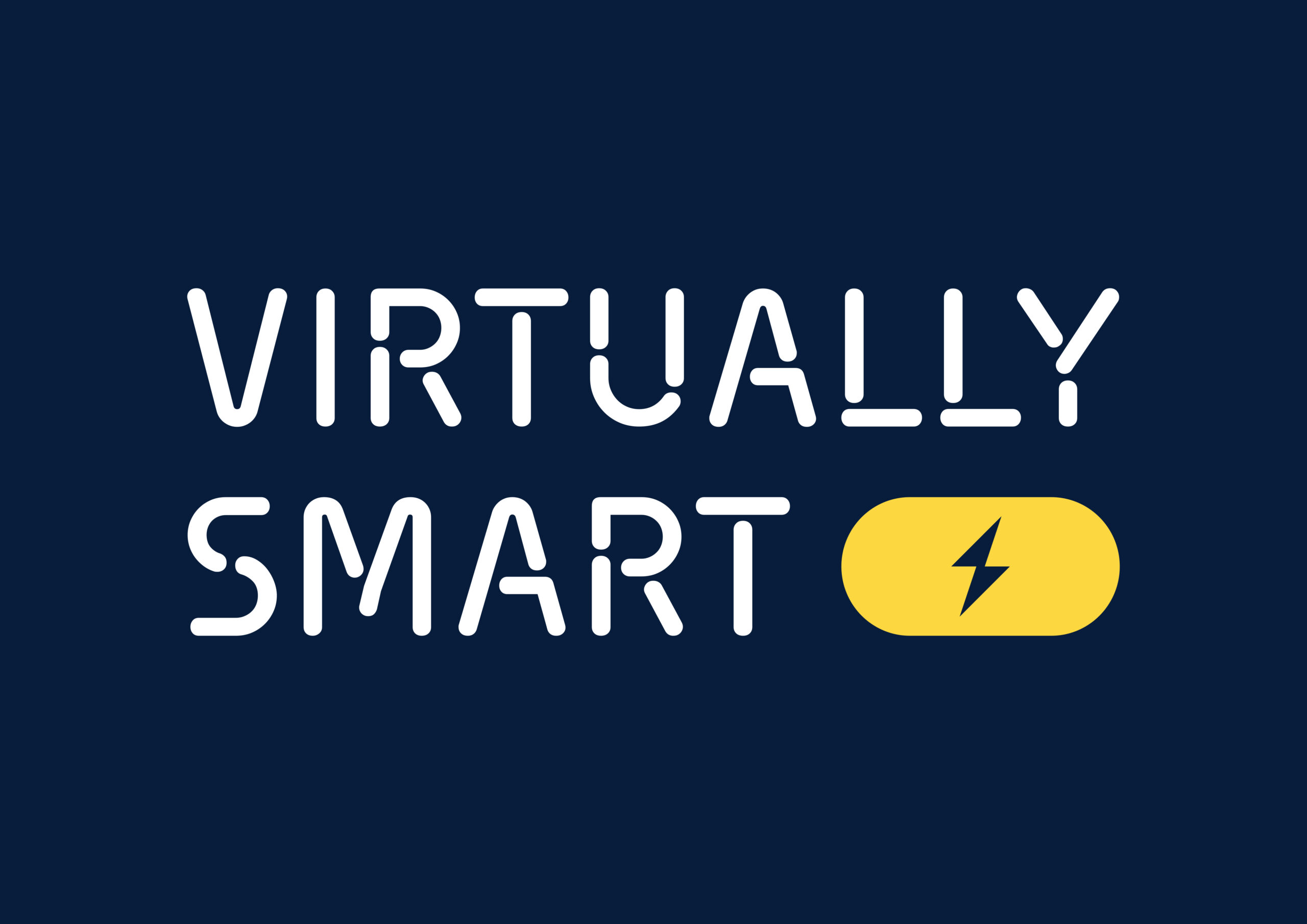Customer service enables businesses to create valuable relationships with customers & suppliers alike. The communications made between a business & their customers are the underpinning of their success. If the relationships between business & customer/client are hampered in any way at all; then this could ultimately be damaging for the business.
However, what does customer service look like in a modern world, in 2022? & how have things changed throughout history?
Traditional industries (before the industrial revolution) would often sell direct the their customers & generations of families would rely on in built customer relationships to support their ongoing supply chains. Whether it be bread or clothing; people simply spoke to other people, communicated their needs directly & worked in harmonious supplier/customer relationship. Home deliveries of milk & other commodities were also commonplace, because the village life meant entire communities relied upon & supported each other.
During the industrial revolution when thousands of UK workers flocked to the growing cities, the independent bakers, butchers & farmers who were used to selling directly to the residents of rural village suddenly had competition. Inner cities began to attract shop owners & business entities which were now vying for a different consumer audience – the industrialised age had arrived.
As part of the industrialisation of the UK & the growth of cities, houses were built in vast rows attracting a new workforce, hungry for change & with it a new breed of supplier – the corner shop owner.
Corner shops were originally built to supply the very basics to the ever growing city populations & the bakers, butchers & dairy farmers alike, suddenly had a new way to sell their wares. With this new way of shopping came a new form of customer service. Whereas shop owners in rural villages had a small & niche customer base; all of a sudden, the ‘Corner Shop Owner’ had hundreds of customers & all seeking the same level of service.
The ‘customer service’ supplied at the corner shop became an important social hub for the ever growing neighbourhoods & corner shop owners would know names, dates of births & generations of families as they all sought out their services.
As a child when I & many my peers would make weekly trips to the local shop, the Post Office or the greengrocer; there was a distinct relationship between us & the shop keeper or person serving us. Wherever I lived as a youngster, the people in the consumer establishments we visited regularly, knew us by name, knew our family & knew how to ask questions about parts of our lives they were party to. This all came about through snippets of conversations held between us as shoppers/consumers & the business owners we communicated with.
However, communities are no longer small & intimate societies, as we see sprawling housing estates making towns & cities become gigantic. Along with this, the ability for communities to hold on to the traditions of the past struggle under the weight of progress & with it the communications between consumers & businesses have changed.
Despite progress throughout the 1960’s-1990’s seeing intimate greengrocers be swallowed up by vast supermarkets & the momentary chats at the hand operated tills vanish; supermarkets became under such pressures to get shopping tallied up, in bags & away: the conversation all but disappeared.
During the recent restrictions the Covid19 pandemic put upon societies, local & artisan suppliers were suddenly relied upon as people were restricted from travelling to their regular shopping haunts. Local deliveries became the norm & many areas, in particular the rural areas of the UK, suddenly became aware of a whole new way of sourcing the basics & identifying a network of local & artisan suppliers right on their doorsteps.
As a result of the pandemic & with more people seeking more sustainable ways to shop we are beginning to see the upsurge in independent & artisan businesses flourishing & integrating our towns, villages & even our city centres. This is not only enabling a better level of communication between the consumer & the business owner; but it also goes some way to remind us of the value of human to human communication.
Written by Katy-Jane on behalf of Virtually Smart Ltd






